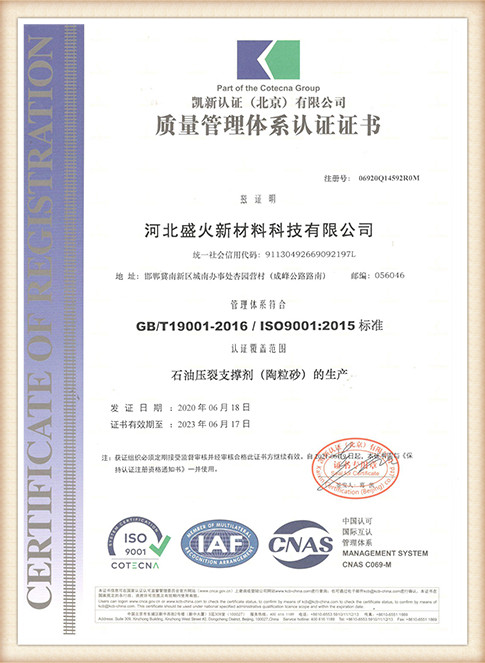 There are two main types of green sand olivine sand and chromite sand
There are two main types of green sand olivine sand and chromite sand
There are two main types of green sand olivine sand and chromite sand
There are two main types of green sand olivine sand and chromite sand what type of sand is used for sand casting. Olivine sand, composed mainly of the mineral olivine, is resistant to high temperatures and offers good thermal conductivity, making it ideal for casting steel and other high-temperature alloys. Chromite sand, on the other hand, is a dense, durable sand that provides excellent refractory properties, making it suitable for casting complex shapes with thin walls.
,。,'dry sand''no-bake sand',。,。
,'resin-coated sand'。,,,,。
、、。,。
In conclusion, the choice of sand in sand casting is a crucial factor that influences the efficiency, precision, and overall success of the casting process. Whether it's green sand, olivine sand, chromite sand, dry sand, or resin-coated sand, each type brings its unique characteristics to the table, catering to the diverse needs of the metalworking industry. Sand casting, though ancient in origin, continues to evolve with advancements in materials and technology, ensuring its continued relevance in modern manufacturing.
Post time:Jun . 27, 2024 00:43
what type of sand is used for sand casting. Olivine sand, composed mainly of the mineral olivine, is resistant to high temperatures and offers good thermal conductivity, making it ideal for casting steel and other high-temperature alloys. Chromite sand, on the other hand, is a dense, durable sand that provides excellent refractory properties, making it suitable for casting complex shapes with thin walls.
,。,'dry sand''no-bake sand',。,。
,'resin-coated sand'。,,,,。
、、。,。
In conclusion, the choice of sand in sand casting is a crucial factor that influences the efficiency, precision, and overall success of the casting process. Whether it's green sand, olivine sand, chromite sand, dry sand, or resin-coated sand, each type brings its unique characteristics to the table, catering to the diverse needs of the metalworking industry. Sand casting, though ancient in origin, continues to evolve with advancements in materials and technology, ensuring its continued relevance in modern manufacturing.
Post time:Jun . 27, 2024 00:43
Next:Sand Casting vs Die Casting Differences Explained
